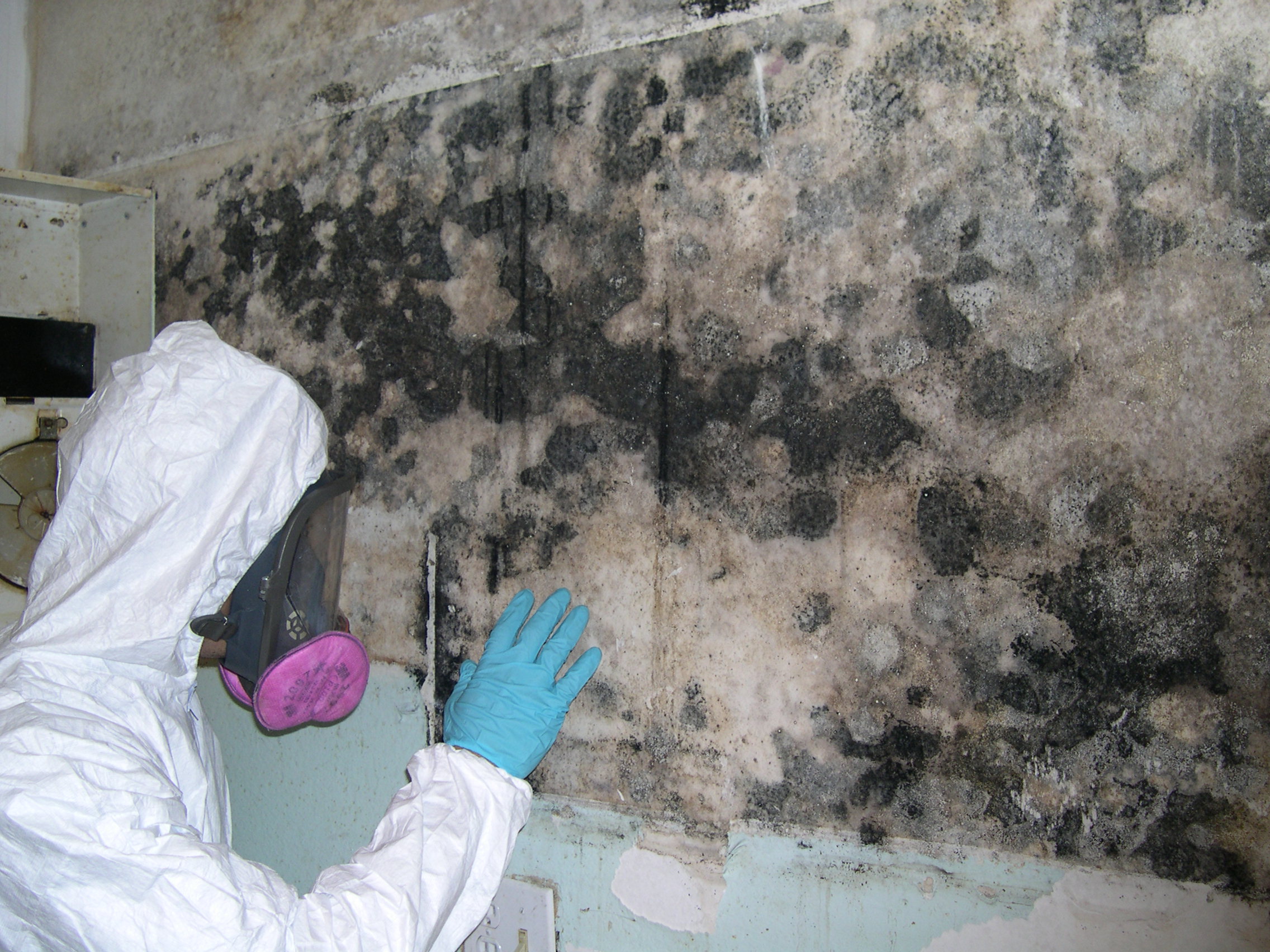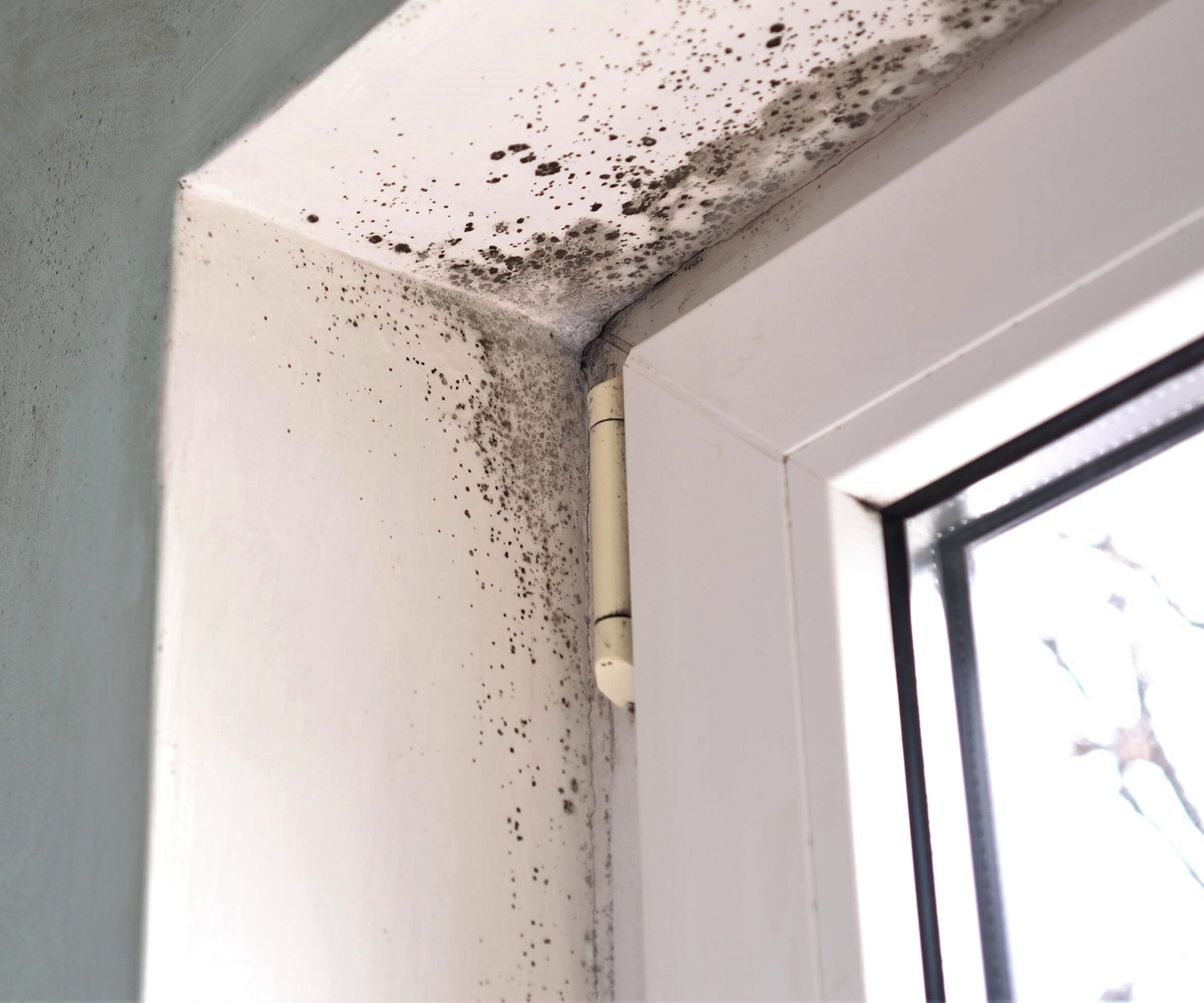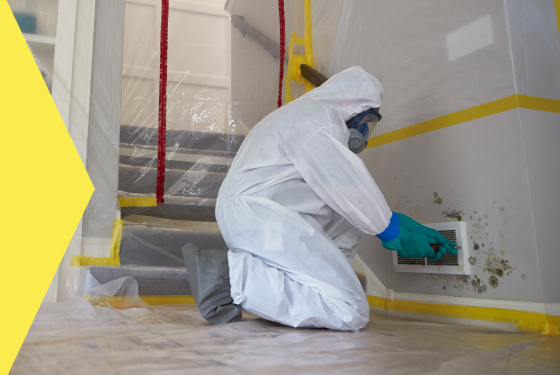Accuracy Mold And Mildew Remediation Techniques for Ensuring a Healthy Living Setting
In the realm of maintaining a healthy and balanced living atmosphere, the efficacy of mold remediation techniques stands as a critical element that demands accuracy and competence. Mold and mildew problems can be insidious, impacting interior air quality and presenting threats to both home and health. Attending to mold and mildew development exceeds simple surface cleansing; it requires a detailed approach that includes analysis, targeted approaches, and the utilization of advanced technologies. By discovering the complexities of mold and mildew removal approaches, one can get insight right into safeguarding versus mold-related issues and fostering a healthier environment.
Understanding Mold Development Elements
Comprehending the essential variables that contribute to mold and mildew development is important in developing reliable strategies for mold and mildew removal. Mold needs three major elements to flourish: wetness, ideal temperatures, and natural product for food. Dampness is perhaps the most vital element as mold spores can quickly conquer and spread out in wet atmospheres. Leaks, floodings, high humidity degrees, or condensation supply the needed dampness for mold and mildew development. Temperature likewise plays a considerable duty, with most mold and mildews choosing temperatures in between 60-80 ° F(15-27 ° C) Lastly, mold feeds upon organic products such as wood, paper, drywall, and textiles.

Assessment of Mold And Mildew Infestations
Having recognized the crucial variables that add to mold and mildew growth, the next critical action is assessing the degree of mold infestations within a property. Mold and mildew evaluation includes a comprehensive inspection to identify the kind of mold and mildew existing, the affected areas, and the intensity of the infestation. Professional mold assessors use a combination of aesthetic examination, dampness meters, thermal imaging cams, and air tasting to gather data on the mold and mildew issue.
Aesthetic evaluation is often the initial step in analyzing mold invasions, where specialists aesthetically examine locations susceptible to mold and mildew growth, such as attics, basements, and restrooms. This aids determine noticeable mold and mildew development and areas with signs of water damages or high dampness levels. Dampness meters are then utilized to discover dampness levels in building products, helping in situating covert mold and mildew development behind walls or ceilings.
Additionally, thermal imaging cameras can be used to identify temperature level distinctions that may indicate wetness issues promoting mold and mildew growth. Air sampling is an additional vital method made use of to accumulate air-borne mold spores, providing info on the focus and kinds of mold and mildew existing in the interior atmosphere. By making use of these assessment approaches, professionals can accurately review the mold and mildew invasion and develop an efficient remediation plan to ensure a healthy and balanced living setting.

Applying Targeted Removal Strategies
To effectively address mold and mildew infestations, implementing targeted removal approaches is necessary for eliminating the origin causes of mold growth and making certain a mold-free setting. These techniques include a methodical approach tailored to the particular mold issues determined throughout the assessment stage. By targeting the underlying elements adding to mold and mildew growth, such as wetness intrusion, poor ventilation, or building product defects, removal initiatives can be a lot more effective and exact.
One targeted remediation strategy is to attend to water leakages quickly to avoid moisture buildup, which is a main vehicle driver of mold and mildew spreading. This may include repairing plumbing leaks, boosting drainage systems, or boosting waterproofing steps. Additionally, improving click now air flow in damp locations can help in reducing humidity levels, producing a setting less favorable to mold and mildew growth.
Additionally, targeted remediation techniques might consist of getting rid of and replacing mold-infested materials, such as drywall or insulation, and using antimicrobial treatments to prevent future mold development. Routine tracking and maintenance are vital to sustaining a mold-free atmosphere adhering to removal efforts - mold remediation philadelphia pa. By executing these targeted methods, homeowner can effectively combat mold invasions and advertise a healthier living environment
Utilizing Advanced Mold And Mildew Elimination Technologies
Advanced mold elimination modern technologies play an important function in addressing mold problems effectively and comprehensively. These systems can catch and filter out mold spores and various other air-borne fragments, significantly lowering the spread of mold throughout removal.
In addition, advanced mold and mildew see it here elimination technologies include infrared video cameras that can spot hidden dampness resources within ceilings or wall surfaces, aiding in the exact identification of areas susceptible to mold development. best mold remediation philadelphia. This innovation allows removal specialists to target affected try here areas extra precisely, leading to an extra detailed removal process
Ultraviolet (UV) light therapy is one more cutting-edge innovation utilized in mold and mildew remediation. By leveraging these sophisticated modern technologies, mold remediation experts can effectively get rid of mold invasions and create a much healthier living setting for occupants.
Preventing Future Mold Recurrences
With the effective removal of mold problems using sophisticated technologies, the emphasis currently changes in the direction of executing robust techniques to prevent future mold recurrences. Protecting against mold and mildew from returning is essential for maintaining a healthy interior environment.
Proper ventilation is an additional vital facet of mold and mildew prevention. Guaranteeing ample airflow in all areas of the structure can help in reducing moisture degrees and prevent wetness buildup. Using dehumidifiers in wet spaces such as cellars can additionally assist in controlling wetness levels.
Preserving cleanliness and immediately attending to any type of water damages or spills can additionally aid prevent mold growth. Regular cleaning routines ought to include cleaning, vacuuming, and wiping down surface areas to stop the build-up of mold spores.
Enlightening passengers concerning mold and mildew avoidance techniques, such as proper ventilation and dampness control, can likewise add to a positive approach in preventing future mold issues. By executing these strategies, the risk of mold and mildew reappearances can be dramatically decreased, resulting in a healthier living atmosphere.
Conclusion
By comprehending mold and mildew growth factors, analyzing problems, implementing targeted approaches, using advanced elimination modern technologies, and preventing future reappearances, one can efficiently fight mold and mildew issues. It is crucial to prioritize mold removal to make sure the well-being of passengers and prevent possible health threats linked with mold and mildew exposure.
